The Evolution of the Portrayal of Crossdressing in Films
Proper characterization and portrayal in the media are key to delivering the correct message.
Every means of communication is primordial in forming an opinion and educating the public.
As a whole, contemporary beliefs are reflected in the media, caring little to nothing about their accuracy.
And crossdressers are not beyond its reach.
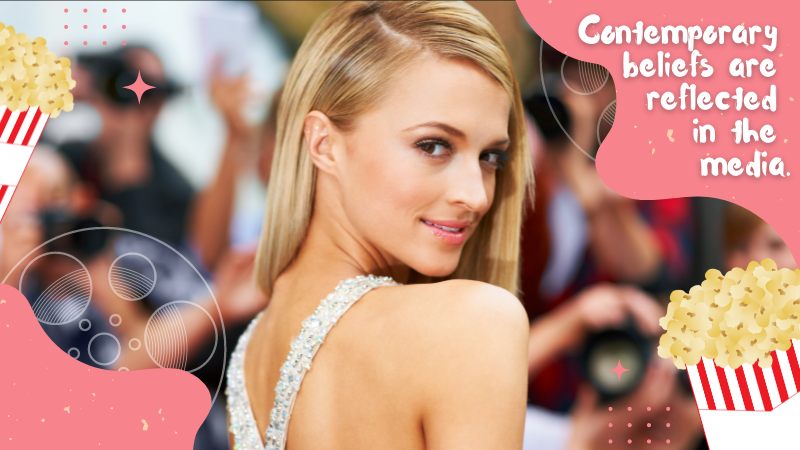
Even though crossdressing has been around for thousands of years in many different cultures, there was a great wave of negative depictions with the growing technology.
This message has been repeated across the world thanks to globalization.
For better or for worse, this is changing, and I believe we are part of it.
Whether you are an artist/creator or just a consumer, I think we have to be critical so we do not return to the old-fashioned ways.
Here, I’m going to analyze the portrayal of crossdressing characters in the media briefly.
Crossdressing in History
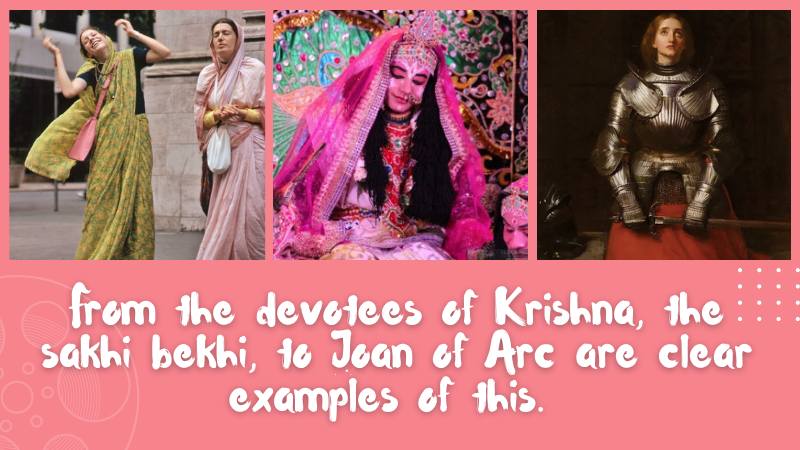
There isn’t just one, but many crossdressing personalities and communities throughout history around the globe.
The devotees of Krishna, the Sakhi bekhi, to Joan of Arc are clear examples of this.
Moreover, in some cultures, women weren’t allowed to take part in theater plays.
Because of this, men would crossdress to play the female characters.
I don’t know at what point in history the narrative became so hard-set against crossdressing.
My best bet would be the Industrial Revolution, where manhood and the strength to labor for many hours became vital for subsistence.
With the following development in technology, the means of communication came to visualize and replicate this mindset around the globe.
Let’s see how crossdressing appears on the screens.
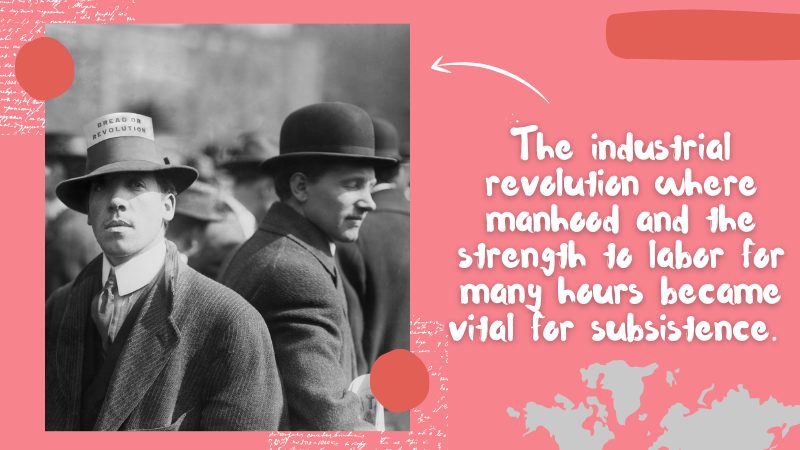
Crossdressing in Past Media
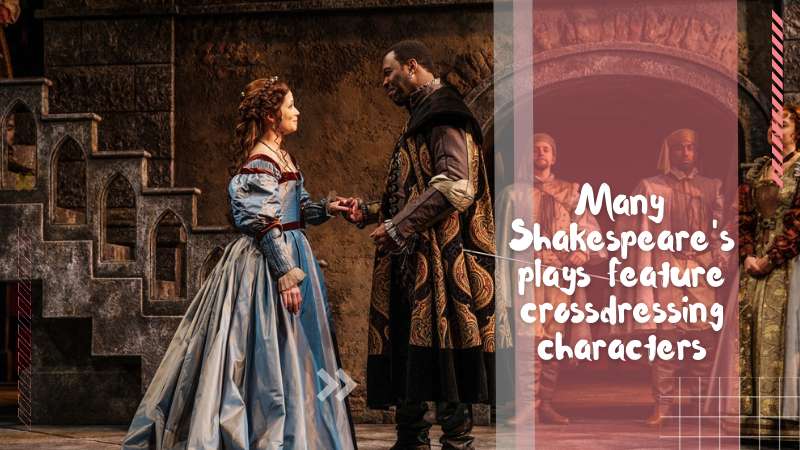
Crossdressing as a major plot element is nothing new.
Many of Shakespeare’s plays feature crossdressing characters, and I’m pretty sure he wasn’t the first one.
These representations were part of the story, not only there as a comedic element.
When the era of the cinema came, crossdressing suffered a different treatment.
The earliest movies that featured gender-fluid characters took two different directions.
If the character was assigned female at birth and crossdressed as a male, it did it to break through some gender norm that kept her from exercising her liberty and rights.
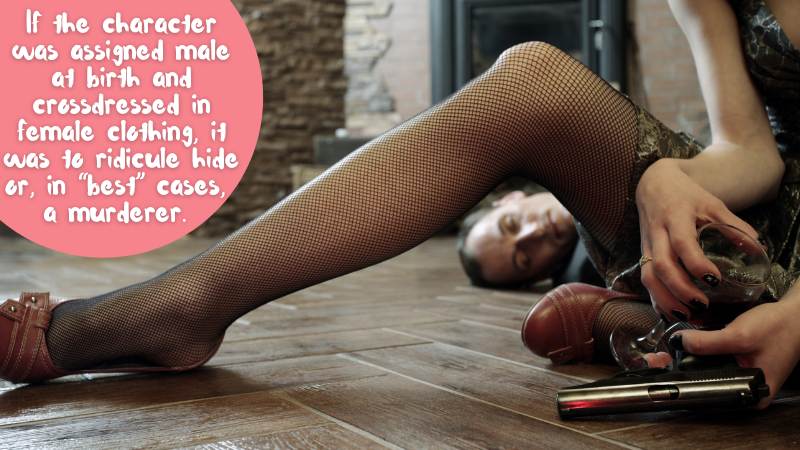
On the contrary, if the character was assigned male at birth and crossdressed in female clothing, it was to ridicule hide or, in “best” cases, a murderer.
And I’m not even talking about many films featuring crossdressing just as a gimmick in a scene to provoke an easy laugh.
This depiction in the media and the lack of different voices created a society raised with fear.
This fear of being singled out and ridiculed materialized into the guilt of expressing themselves.
Furthermore, it fed and replicated the bigotry that was already present in viewers.
Producing a movie back then was expensive.
This made acquiring the means to film anything out of reach for most.
The lack of different points of view conditioned the thought of the masses towards this negative depiction.
For better or worse, this is changing every day faster.
Crossdressing in Present Media
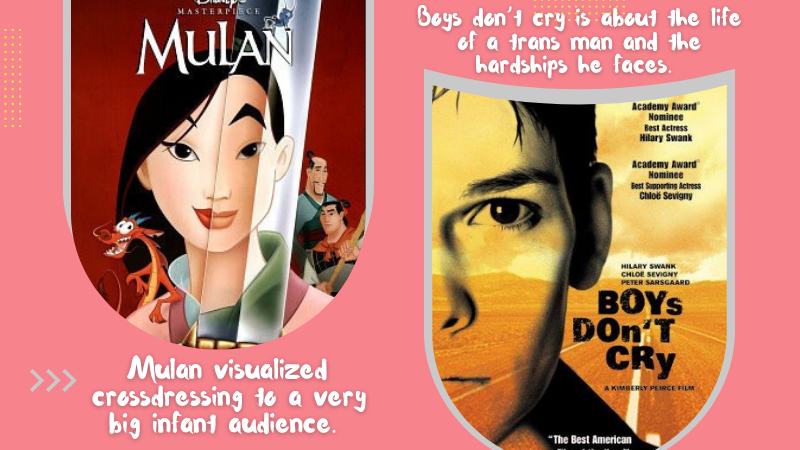
Crossdressing has gone nowhere, and it is still present on today’s screens.
On the bright side, the means to produce a film are easier to reach.
This allows the opportunity for many new people to get on the scene.
I think that the big fork in the road was around the mid-nineties.
Mulan (1998), for instance, visualized crossdressing to a very big infant audience.
Keeping the old standard that the heroine crossdresses as a male to save her people, but still.
Boys Don’t cry (1999) is a heartbreaking film based on a true story that’s about the life of a trans man and the hardships he faces.
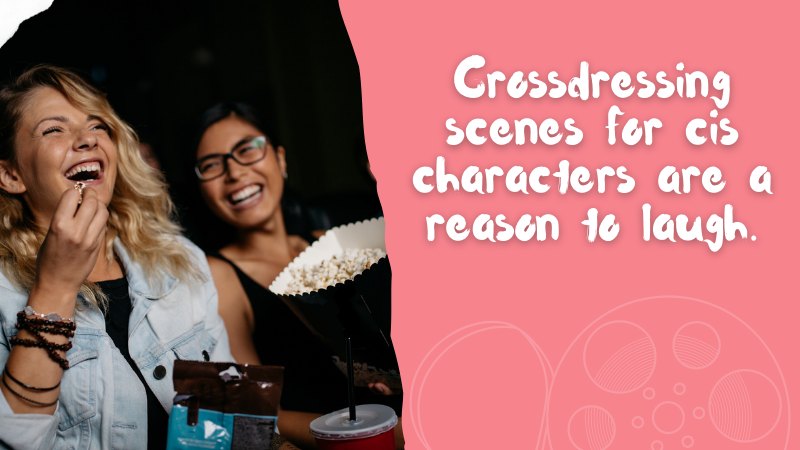
Those movies, among others, are part of the change that portrays crossdressing characters more accordingly.
There is, however, a major trend going on for some time now.
As trans people’s rights gained awareness, trans characters began appearing more often.
This in itself isn’t a bad thing.
But it is noticeable when a trans character is written with common misconceptions or romanticism just to sell more.
I believe that as the public, we can’t abide by this poor characterization of the community, no matter how happy we are acknowledged in any way.
The only thing we are to them is walking wallets.
The interesting thing about these kinds of productions is that while a trans character suffers from little to no judgment at all, crossdressing scenes for cis characters are a reason to laugh.
Strange acknowledgment of the gender spectrum’s psychology.

Luckily enough, there are great filmmakers out there that the dropping prices of electronics had a chance to speak out.
Some of them I have talked about in posts like this or this.
In any of these, like in many other movies, we can see a different approach to relevant subjects for the community.
Not only that but also the representations of the characters are closer to reality.
People who love, hate, and have the same problems as any other while battling with gender dysphoria and rejection.
As a public with insight and knowledge of the reality we face each day, I think we have to demand better content and appreciate those who do.
As you can see, things are changing; there are good and bad things that come with every step.
As the general public, we must remain vigilant.
We can’t allow a bland characterization of the community to take relevance in the global narrative.
If you get the chance to be on the other side, I can only ask you to remain true to yourself and do everything in your power to fight for a change for the better.
I urge you to watch media from around the world from lesser producers.
You can leave any recommendations in the comments!
Written by Tina Munova.
Tagged With:Crossdressing Movies , Man Dressed as Woman Movie
- The Power of Feminization Apps for MtF Crossdressers
- Best Crossdresser Destinations to Visit in Africa
- Crossdresser’s Tips to Feel Like a Sissy 24/7
- How to Be a Professional Cross dresser Escort
- Spider Gag: A Beginner’s Guide to Using and Introducing Them in Your Playtime Routine
- How Do Transgender Women Get Breasts?
Established in 2009, We are a recognized manufacturer and seller of professional crossdressing products.
It is our aim to become not just the most creative manufacturer but also a very considerate seller, as we provide the best quality products for crossdressers all around the world.
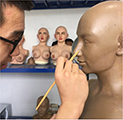
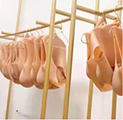












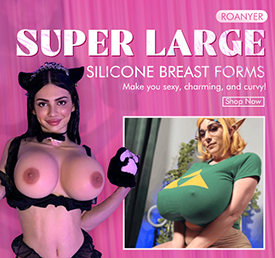
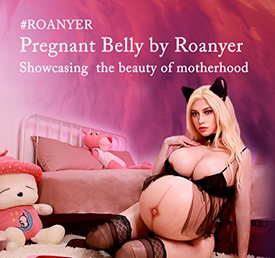
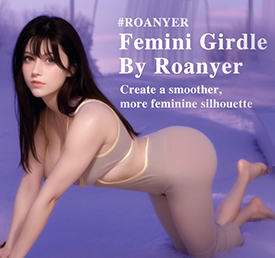






 Breast Forms
Breast Forms  Body Suit
Body Suit  Realistic Mask
Realistic Mask  Femini Girdle
Femini Girdle Hip & Butt Enhancement (8)
Hip & Butt Enhancement (8) Penis Prosthesis
Penis Prosthesis Fake Muscle
Fake Muscle Bikini
Bikini  Wig
Wig  Corsets
Corsets Course
Course service@roanyer.com
service@roanyer.com +8618652200711
+8618652200711 Facebook
Facebook YouTube
YouTube Twitter
Twitter Instagram
Instagram




